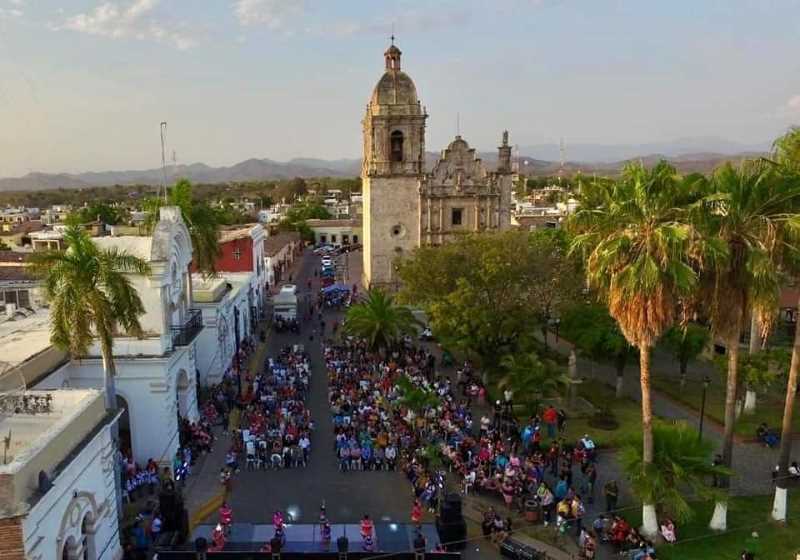The Struggle for Independence and its Impact on Concordia
Celebrating its history, Concordia, Sinaloa carries a legacy that began during Mexico's struggle for independence. This legacy continues to evolve and shape its identity into the present day.

During the tumultuous era of Mexico's fight for independence in the early 19th century, Concordia, a town in Sinaloa, played a modest but significant role. The forces of José María González de Hermosillo, dispatched by the prominent independence leader, Cura Hidalgo, descended upon the town in late December 1810.
Welcomed with fervor and joy by the insurgents and the local populace, the visit was a notable moment in the town's history. It was here that José de Jesús and Nicolás Hidalgo, kin of the Father of the Homeland, further strengthened the cause with their contribution of metals procured from the mines of Pánuco.




